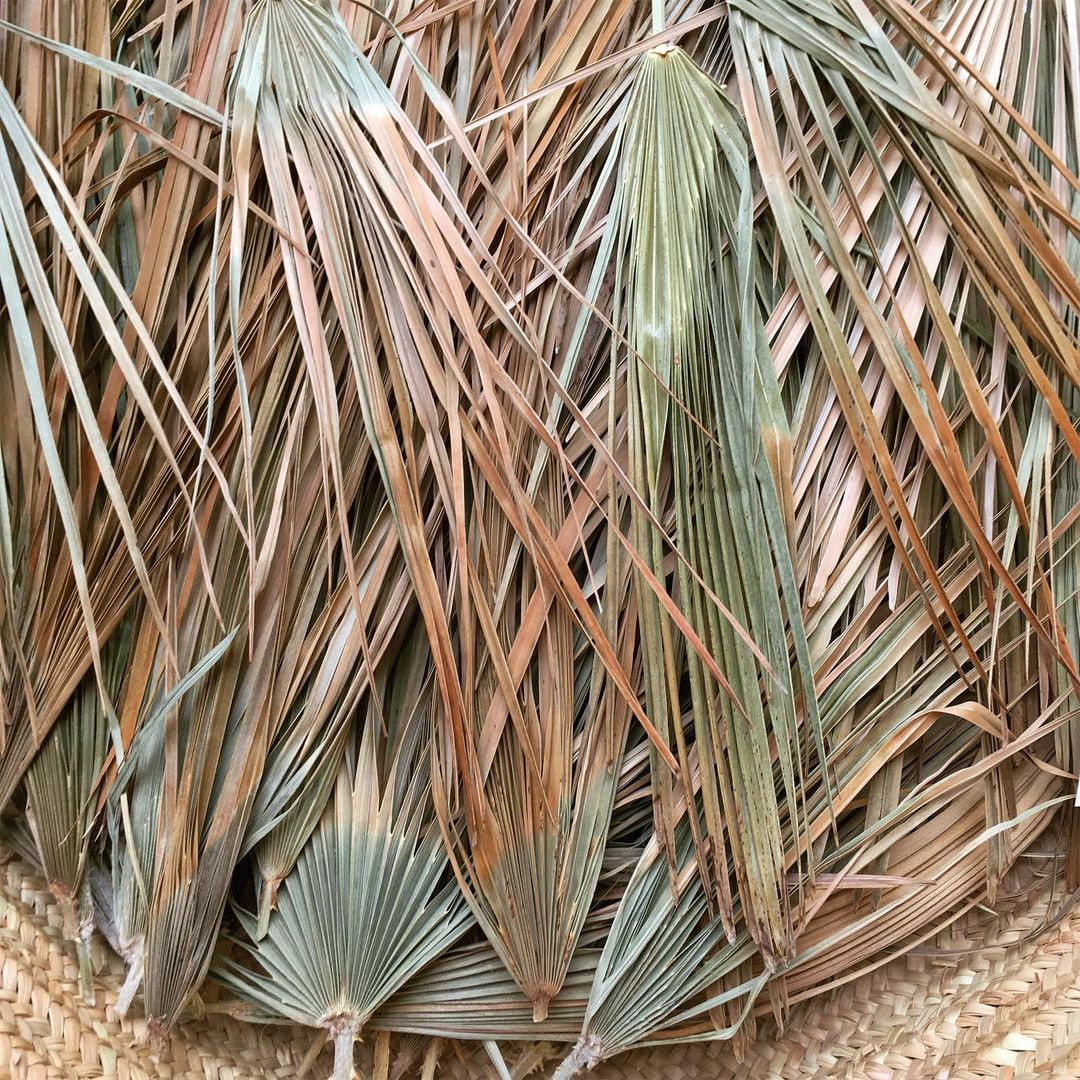
# 0026
Palm
Material, Individual Thing, Rare, Purchased, Craft Workshop, Polymers, Years
Socio-cultural Data
Historical Uses
Used for a variation of basketry to harvest and transport food and non-food products, besides carpets, shades and hats. The use can be traced back to Islamic presence in the Algarve. The oldest written documents date back to 1577 (Corografia do Reino do Algarve, Frei João de São Jose)
Historical Impact
Economically relevant production of utilities for the Algarve Region.
Historical Uses · Image / Video / Audio (.jpg, .png, .mp4, .mp3 up to 30MB)
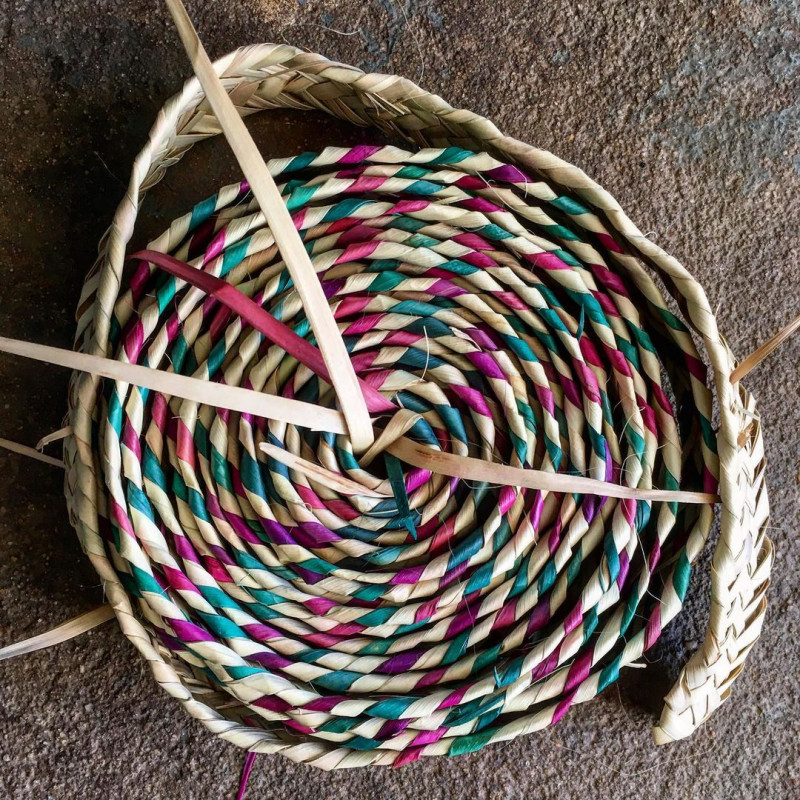
Present Uses
Mainly bags and carpets, sometimes lampshades or wall decorations.
Present Impact
cultural - economic
Present Uses · Image / Video / Audio (.jpg, .png, .mp4, .mp3 up to 30MB)
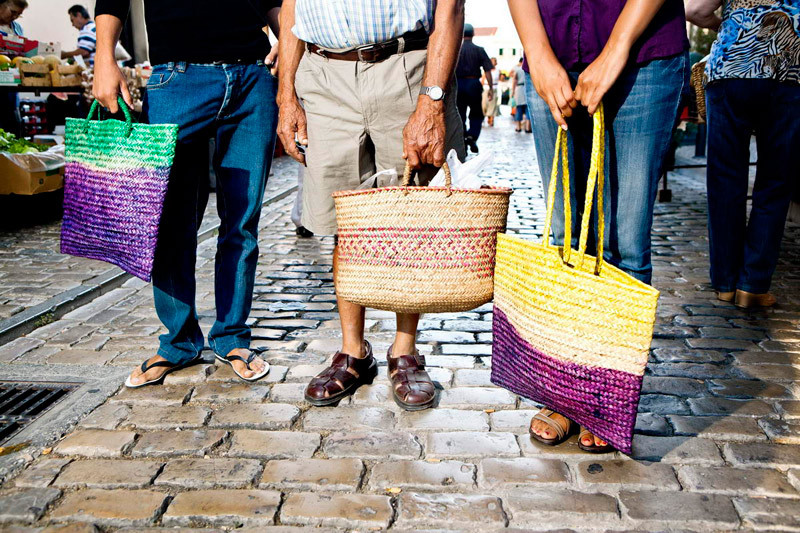
Experimental, near future uses
Experimentations of natural dying techniques to substitute the traditional method
Future Uses · Image / Video / Audio (.jpg, .png, .mp4, .mp3 up to 30MB)
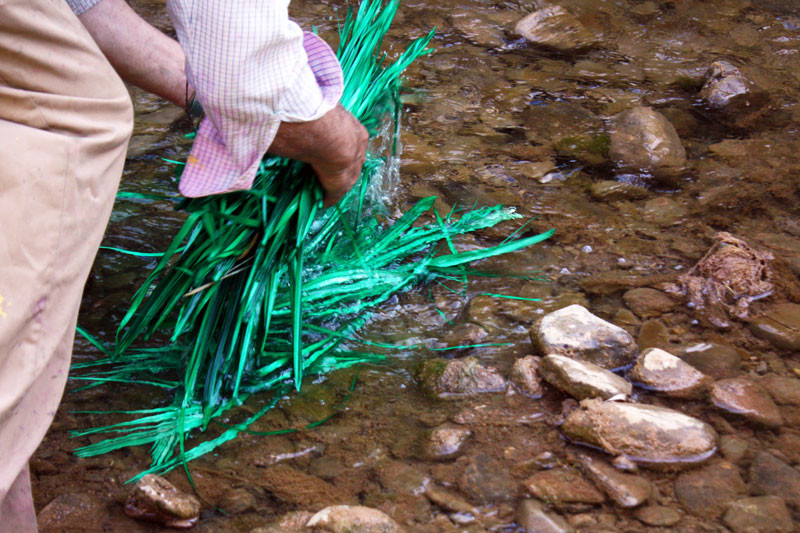
Other Fascinating Facts
Spontaneously growing plant
Technical Data
Class of Material
Polymers
Processing methods · Image / Video / Audio (.jpg, .png, .mp4, .mp3 up to 30MB)
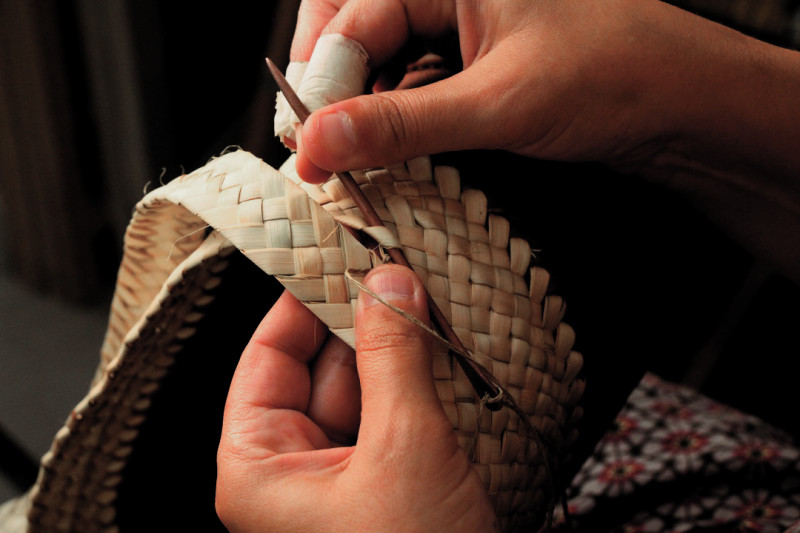
Author(s) of process or recipe
Valentina Correira da Silva, The Home Project
Bio-temporal-geographical Data
Residence time (How long does the matter/material/artefact stay in an unaltered state in the location/context/system before it decay?)
Years
How does the item affect the environment in which it exists?
Nourish it
Ontological-cosmological Data
Connection with the land
How would you like to be with this artefact/material/living thing/matter?
Use it daily
What can humans give back to this artefact/material/living thing/matter?
Respect